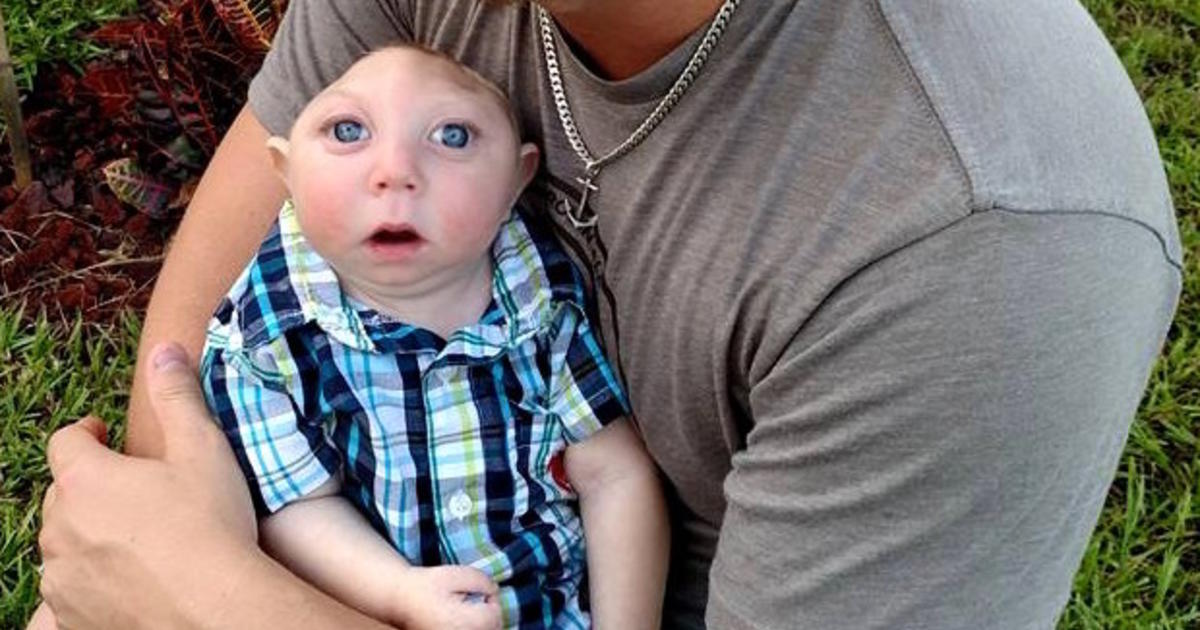

If your child is having a health emergency, please call 911 or your emergency medical resource provider immediately. The opinions, advice, suggestions and information presented in this article on gagging are for informational purposes only and are not a substitute for professional advice from or consultation with your pediatric medical or health professional. This page has been created with typically developing infants and children in mind. The information here is generalized for a broad audience and is for informational purposes only. If your child has underlying medical or developmental differences, including but not limited to prematurity, developmental delay, hypotonia, airway differences, chromosomal abnormalities, craniofacial anomalies, gastrointestinal differences, cardiopulmonary disease, or neurological differences, we strongly recommend you discuss your child's feeding plan with the child's doctor, health care provider or therapy team. If you are struggling with the transition from spoon feeding / purees to self-feeding with table food, see our Purees to Finger Food kit. > Just starting solids? Check out our course (includes videos on infant rescue) as well as our guides and recipes on the best first foods for baby. Just like the reflexive kick that occurs when the doctor taps your knee in just the right spot, the gag happens automatically, initiating a rhythmic bottom-up contraction of your pharynx (the tube that leads to your stomach) to assist in bringing food up and to stop the swallowing reflex from making our bodies try to swallow. It's also a great foundation in 'aquatic breathing', which is essential as they progress to become independent little swimmers.Gagging is a natural protective reflex that results in the contraction of the back of the throat to protect us from choking. Ultimately, they'll learn to breathe out while they're underwater, which we believe gives them real empowerment and a sense of being fully in control.

As our lessons progress, you'll be amazed at how good your little one is at responding to both verbal and non-verbal cues. Getting them started early means that they’ll become confident around water, so if they ever do fall in, they’ll be able to keep themselves safe and not panic.Īfter the first 6 months, the gag reflex does start to fade, so we teach your baby all about breath control.
BABY BORN MISSING PART OF SKULL NO GAG REFLEX HOW TO
Teaching your little one how to swim from birth is one of the best things you can do. But the good news is that together, we can prevent horrible things like this happening. The most common reasons for drowning are not being able to swim and panicking in the water. Sometimes, the involuntary spasm carries on a little longer. It means that your baby’s natural reflexes are working to clear the fluid from the back of their throat and stop water entering their lungs. Using your little one’s natural reflexes from an early age and preparing them to go under the water through word association means it quickly becomes a learned response.īut why do they sometimes cough or splutter after their first underwater swim?ĭon’t worry, this is absolutely normal. If they’re hiccuping, sleeping, crying or seem generally resistant, they’ll stay on the surface. We never swim your baby unless we’re absolutely sure that they are happy to go underwater. That’s why, from the get-go, we use the cue "Name, Are you ready? Go" to build up the association with this phrase and going underwater, so that your little one is always in control. But this doesn’t mean that babies can be suddenly submerged without warning. When your baby goes underwater, the soft tissue at the back of their throat (called the larynx) closes to block the entrance to the airway.Īnd it’s at its peak in their first 6 months. This kicks into action when your baby feels water on their face, nose or throat. We all know that drowning happens when water enters the lungs, stopping the supply of oxygen.īut your little one is born with a reflex called the ‘laryngeal reflex’, or ‘gag reflex’. You might be thinking, how is my little one able to go underwater and not inhale any water? What actually happens? That’s why learning to swim is crucial to keeping ourselves and our children safe.Īnd we understand that it might seem scary to take your baby swimming from birth.


Drowning is the third leading cause of accidental death worldwide.


 0 kommentar(er)
0 kommentar(er)
